On 26 October, Wing Commander Andy Green strapped himself into the cockpit of his Bloodhound SSC Land Speed Record car and fired it down the 9000ft runway at Newquay airport in Cornwall.
1000mph Bloodhound SSC successfully completes first test
Since the tests were successful, the team will decamp to Hakskeenpan in South Africa’s share of the Kalahari Desert next autumn and, this time using a rocket to assist its jet engine, Green will attempt to drive it past 800mph, breaking his own 20-year land speed record of 763mph.
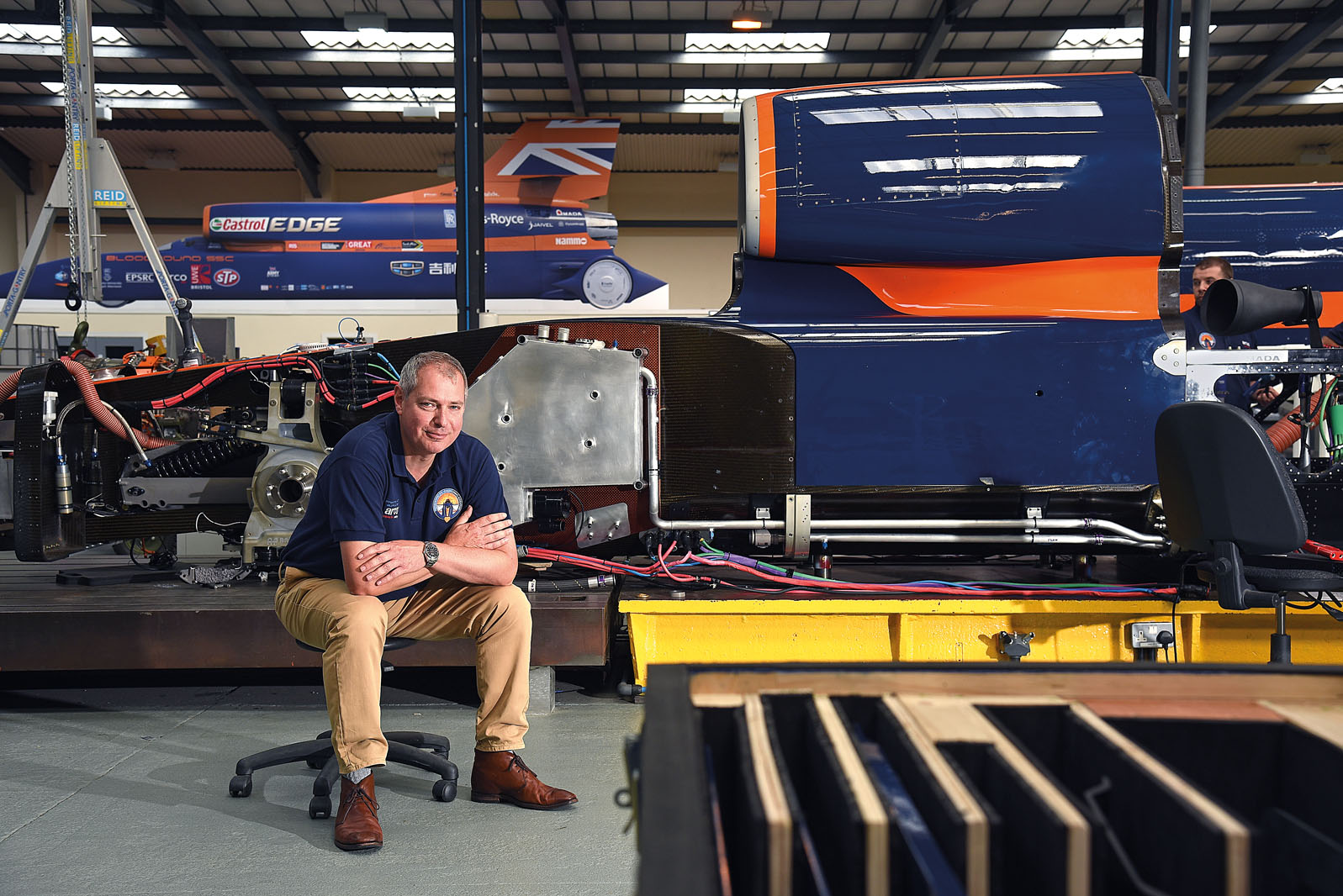
By then, and even before the rocket has been completely reconfigured to allow it to go for the full 1000mph in 2019, the project will have been in the public domain for a full decade, dogged not only by the engineering challenges of doing what man has never done before but also the no less daunting task of keeping the funds flowing. So far, it has cost about £30 million, less money in 10 years than Neymar will earn in one – and, for periods when the flow has slowed to a dribble, progress has been very slow indeed. But the funds were there to get it to Newquay and, while the car did just 200mph, it is hoped the resulting publicity will keep interest alive and funds flowing all the way to the Northern Cape.
I’ve been fascinated by Bloodhound ever since Richard Noble and Green went public with their plans on 23 October 2008. Even so, the sheer enormity and audacity of what is being attempted retains the ability to reduce the most seasoned of hacks to gasps. While there have been many successful jet-powered land speed record cars and just one successful rocket car, there has never been one that attempted to combine both technologies. The rocket is so powerful that, one year after the project was announced, the team realised that if it continued to sit on top of the engine, it would bury the car’s nose in the desert when it fired. So the entire car was re-engineered to swap them around.
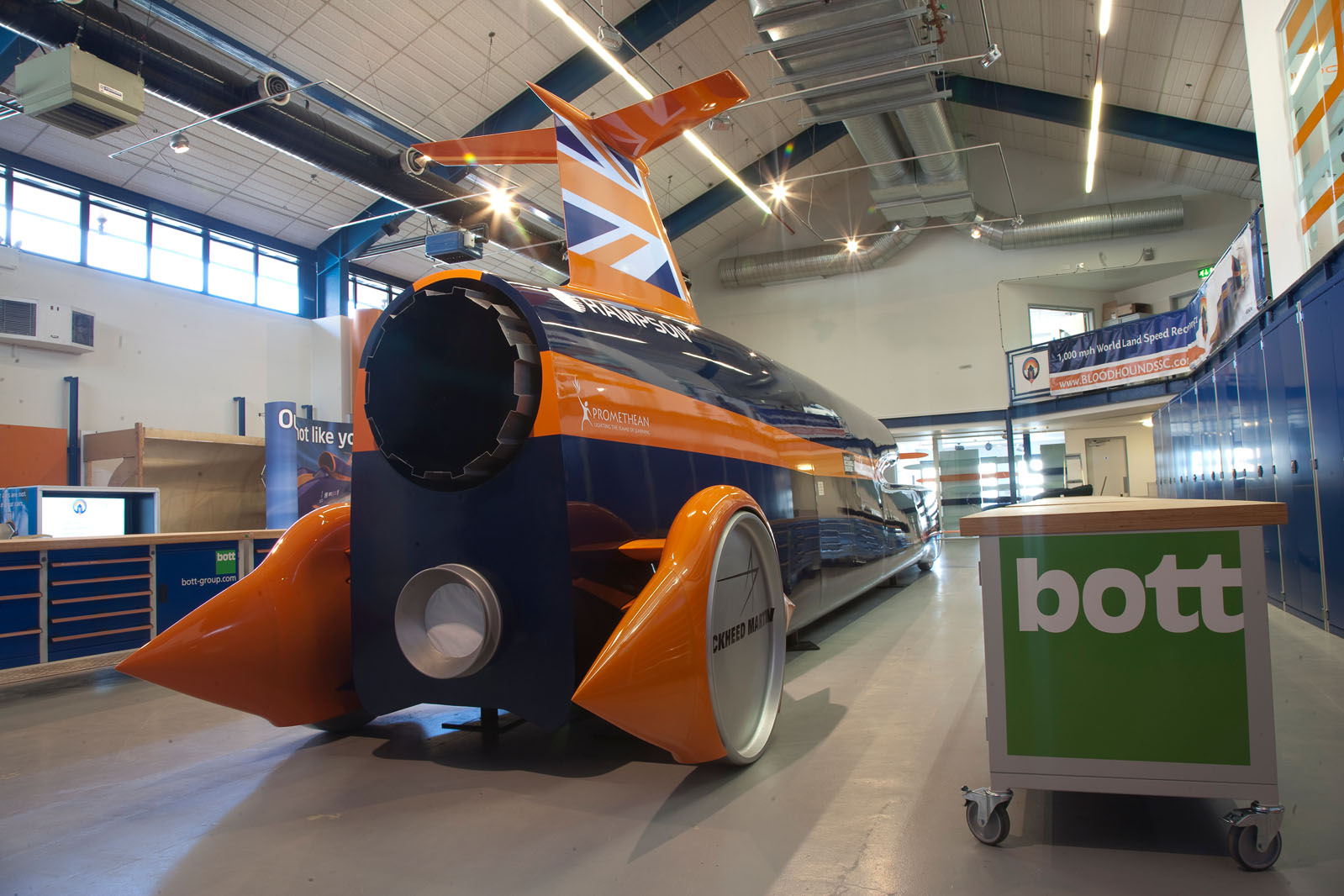

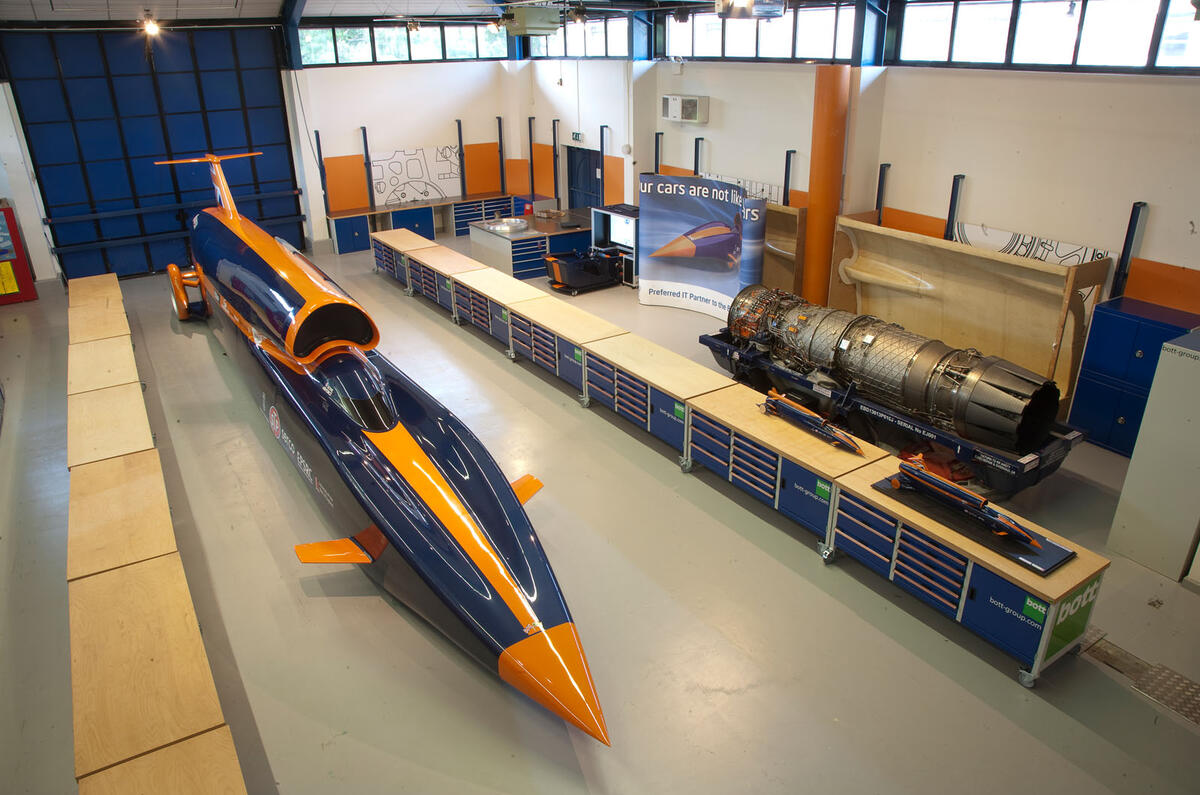
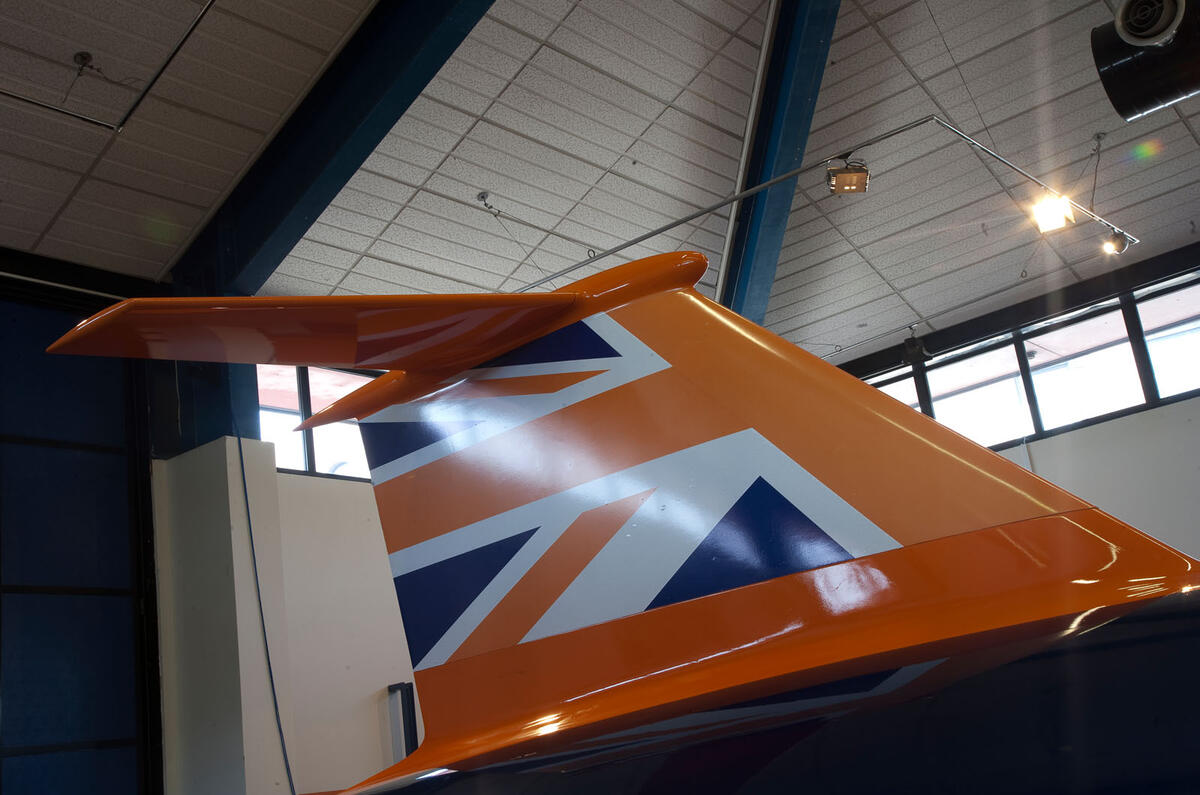
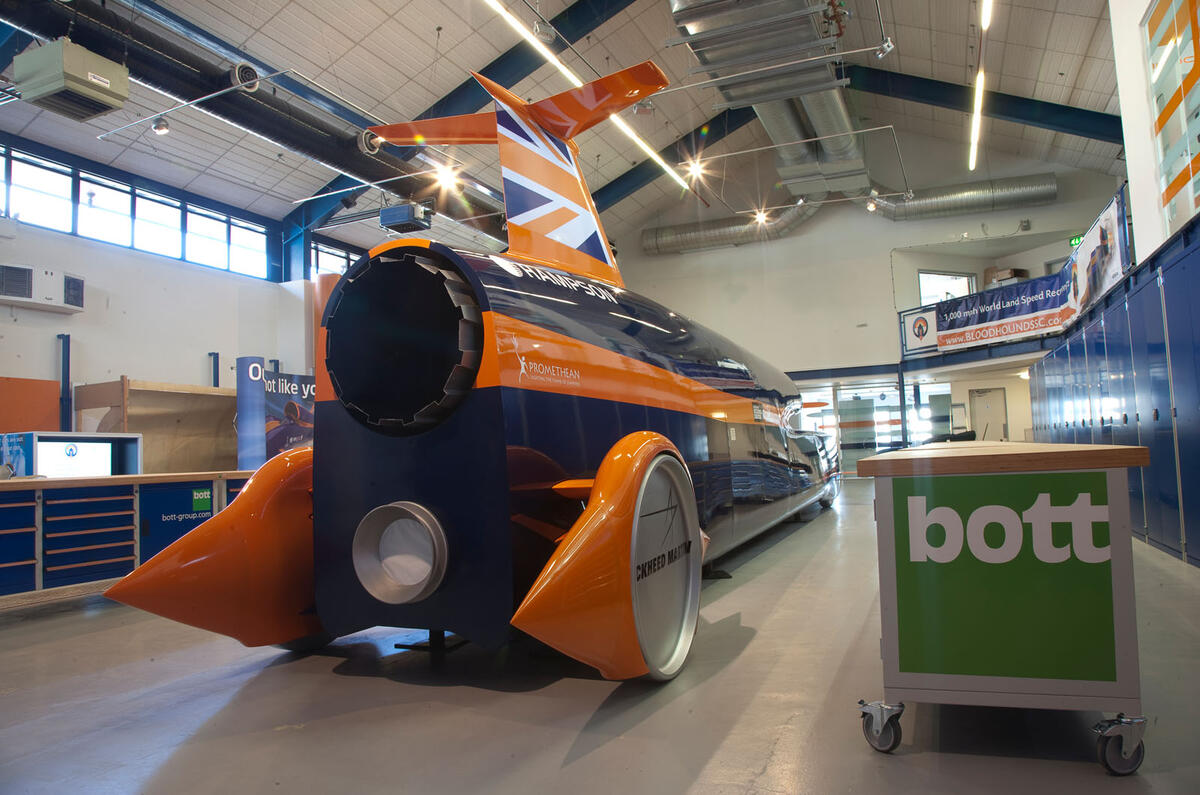
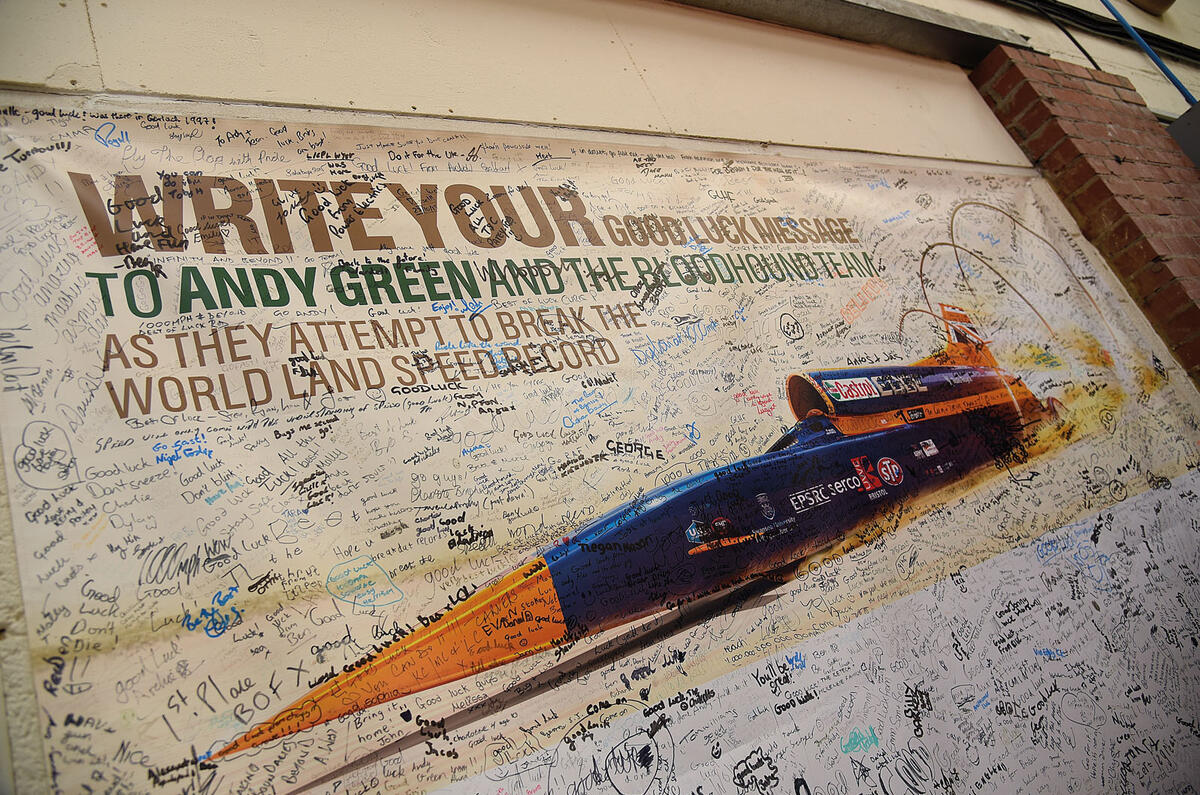


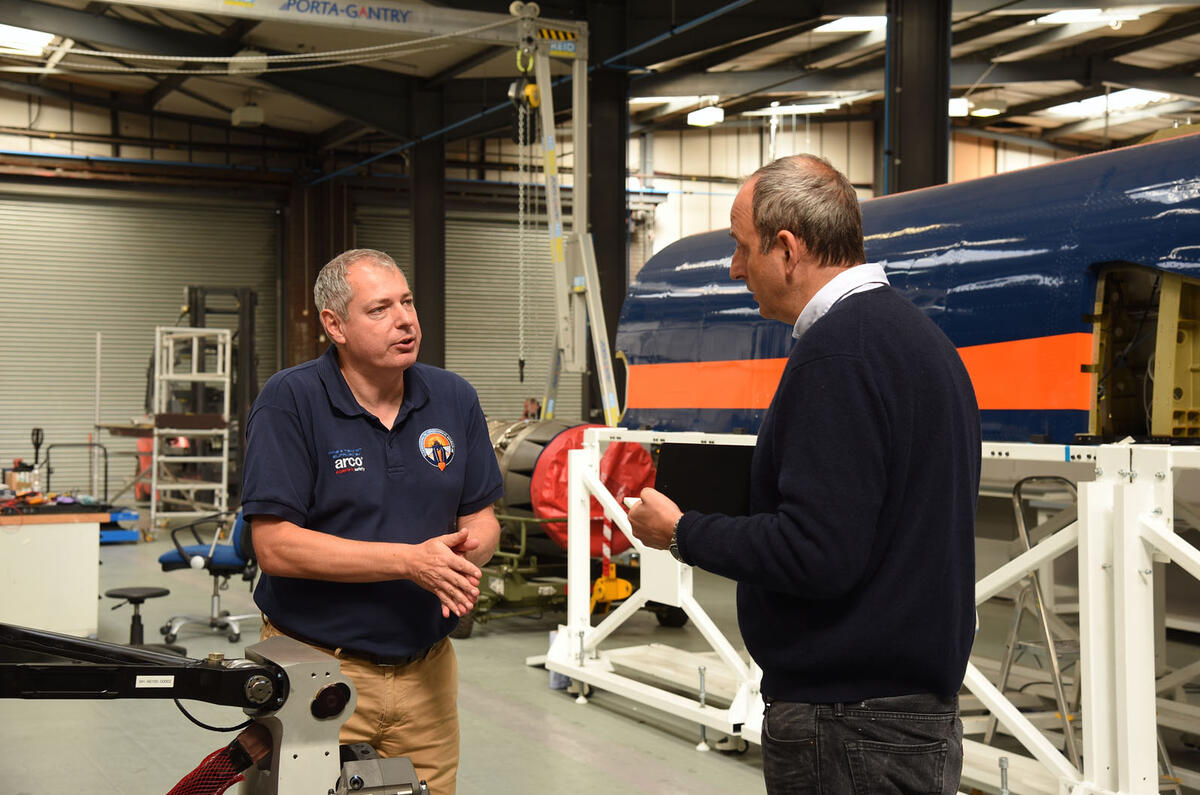
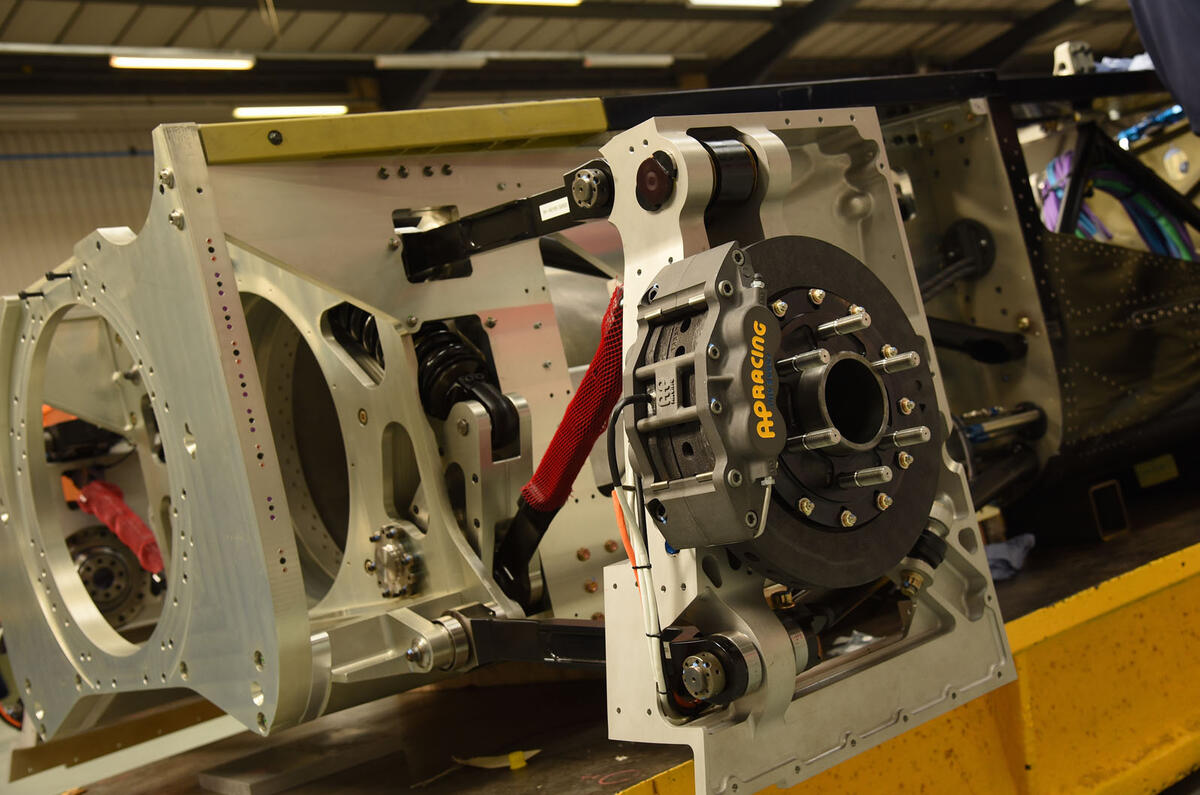

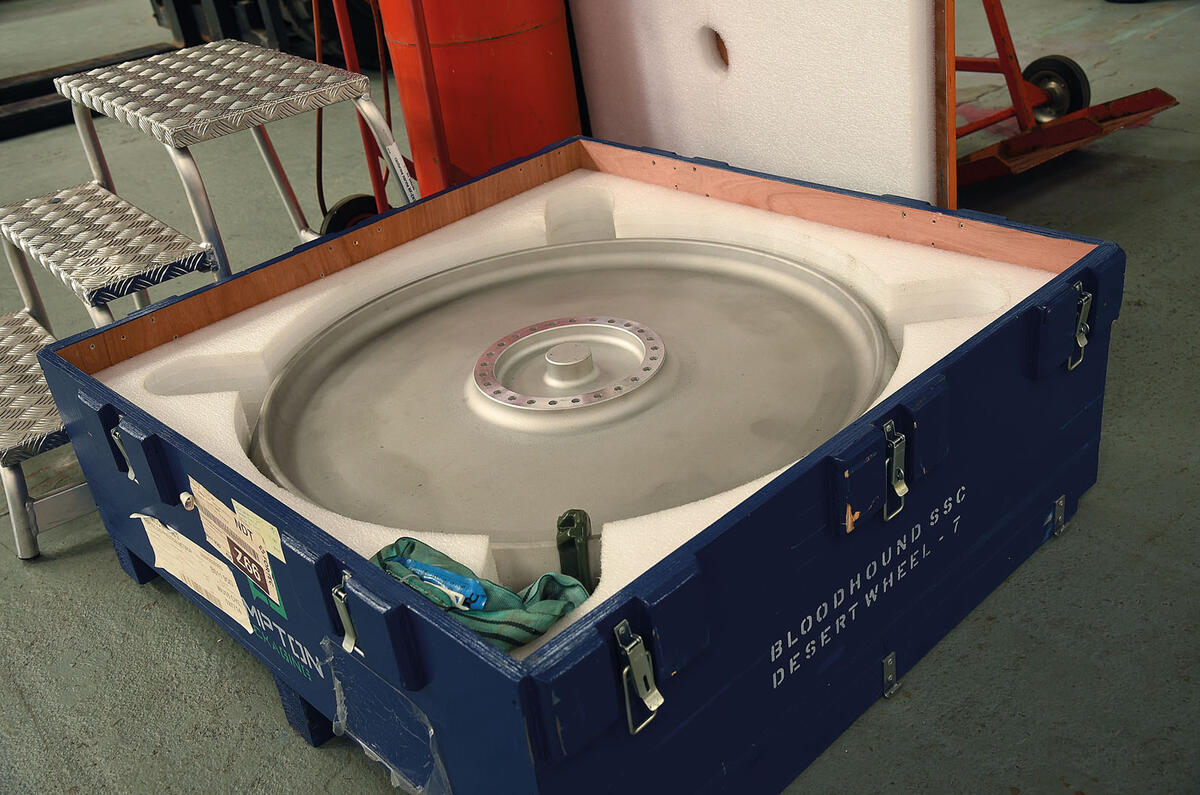
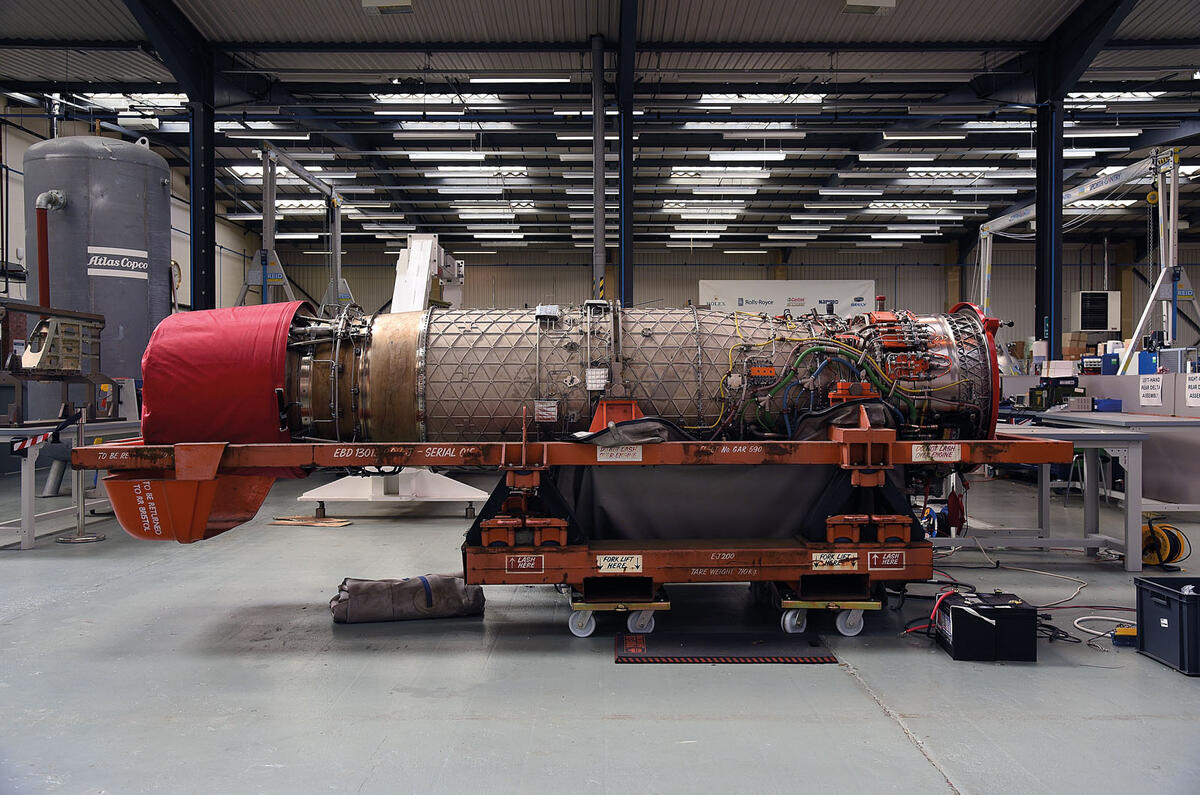
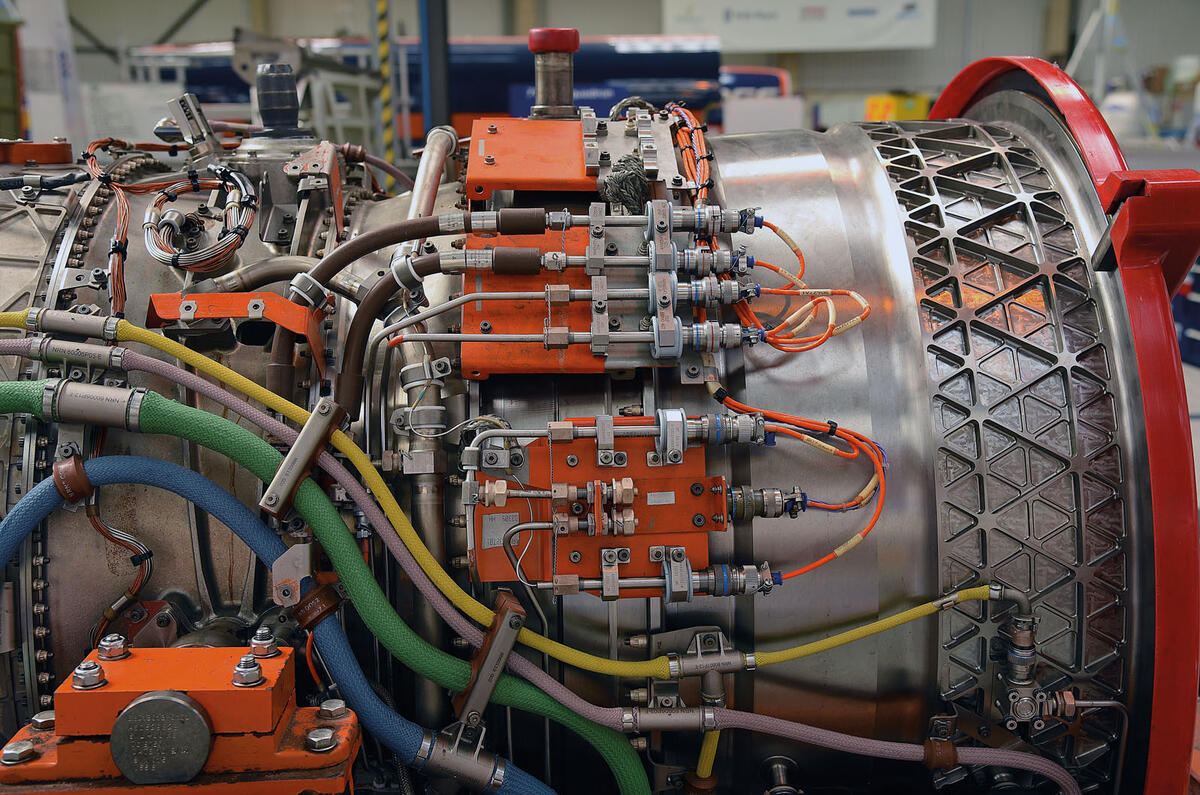
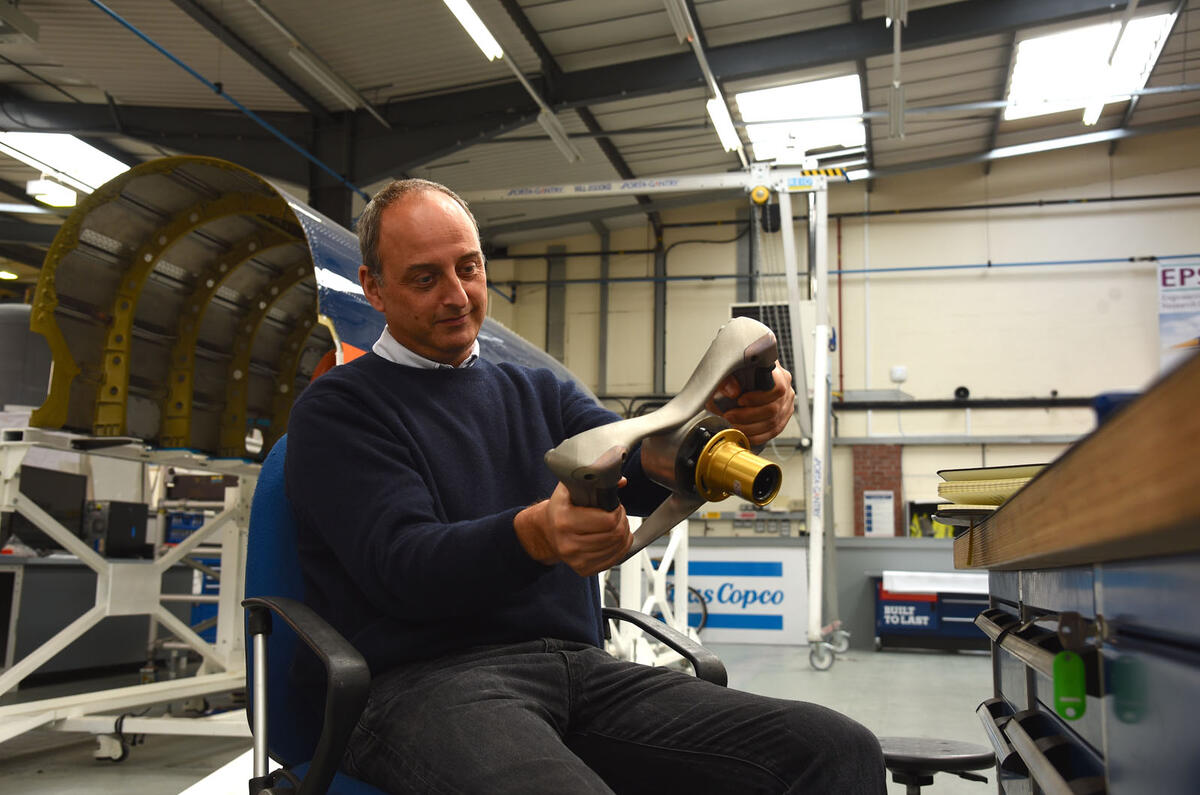
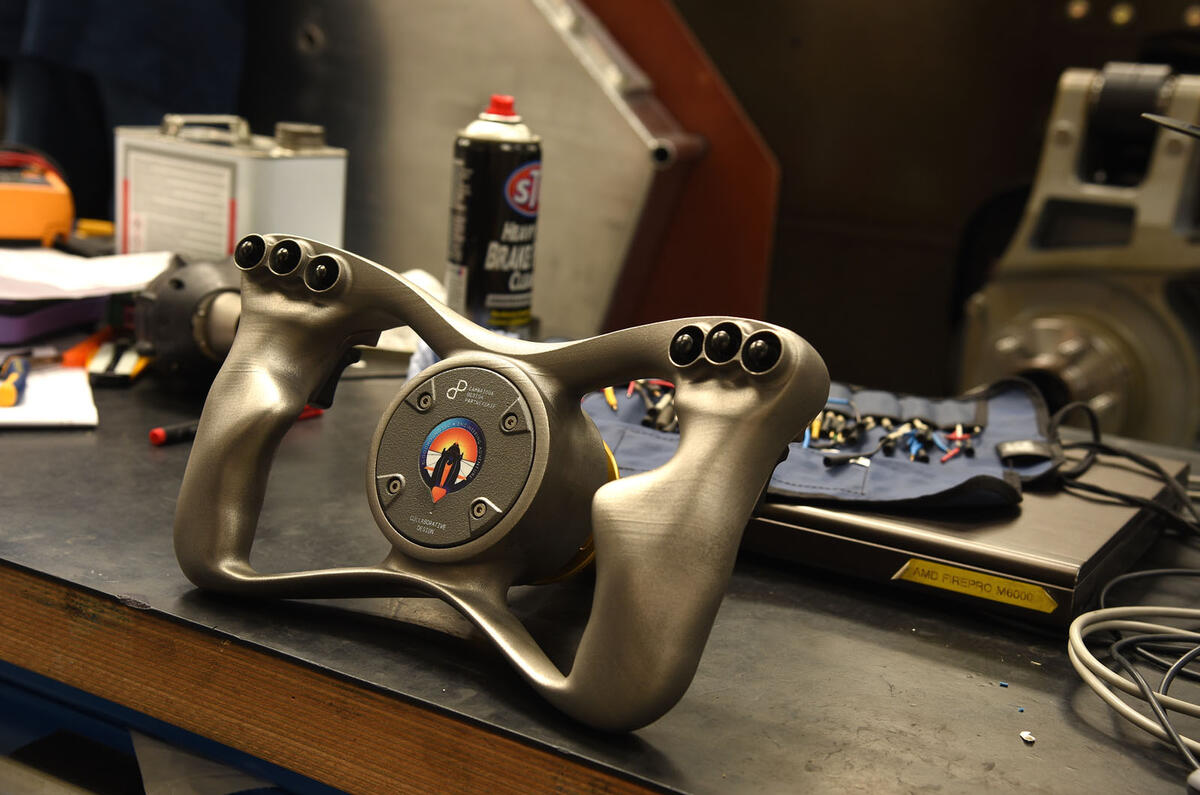
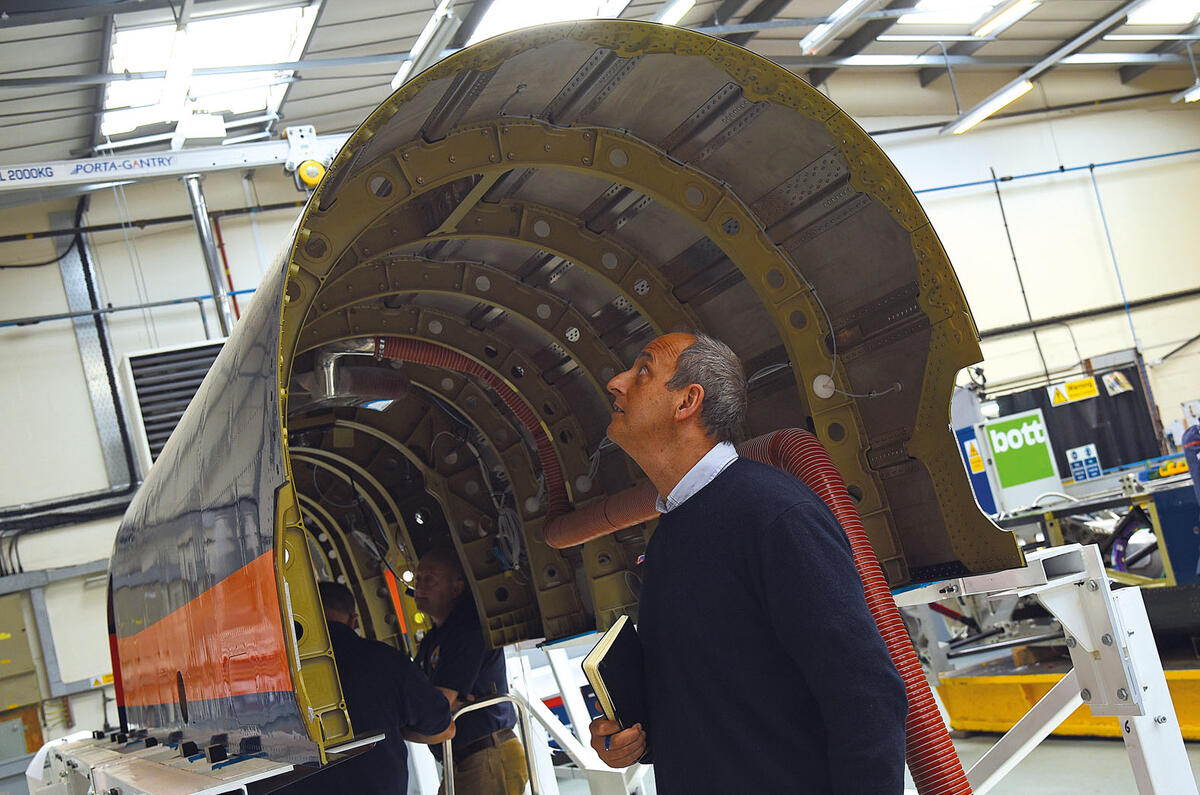
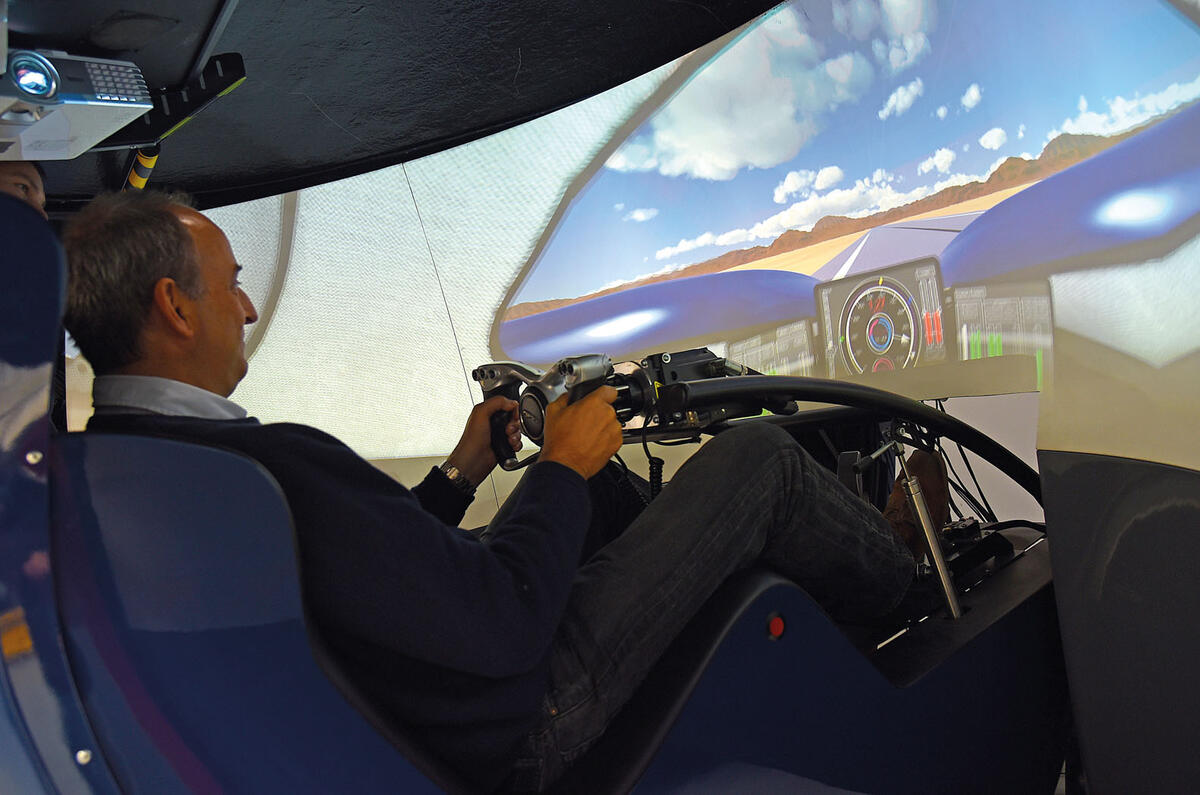
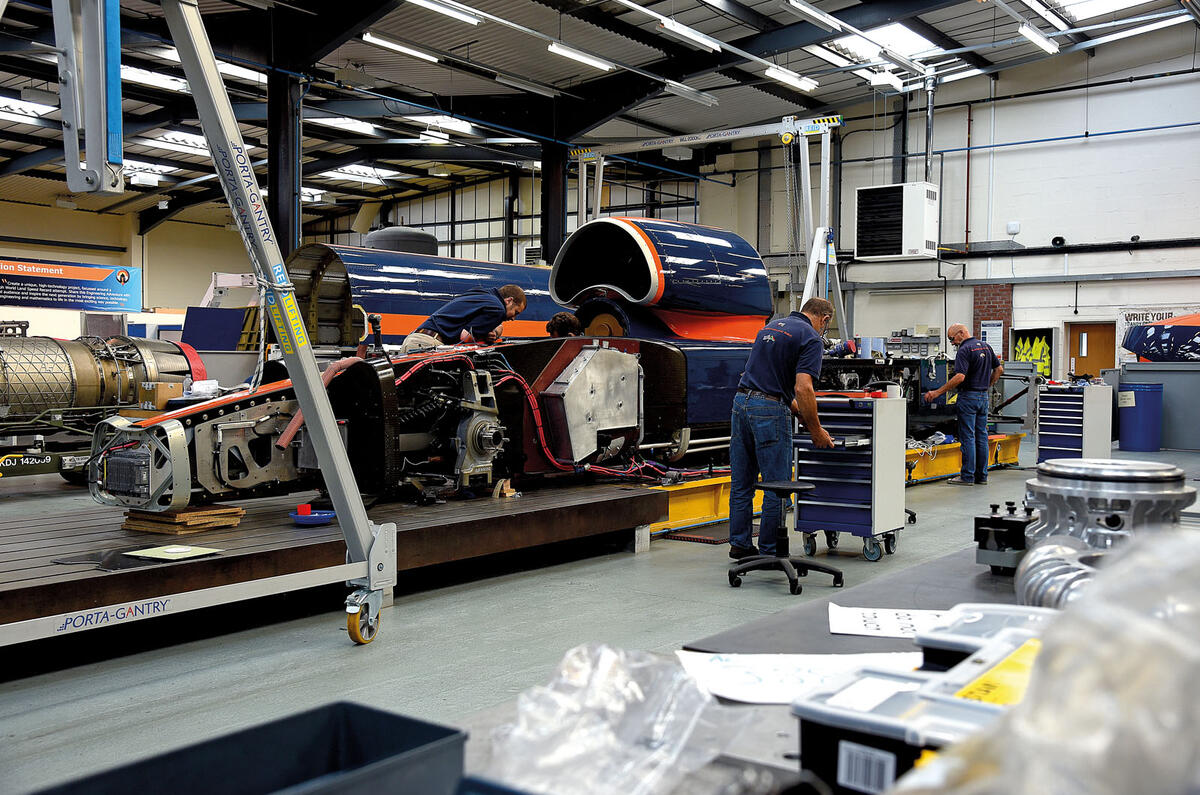
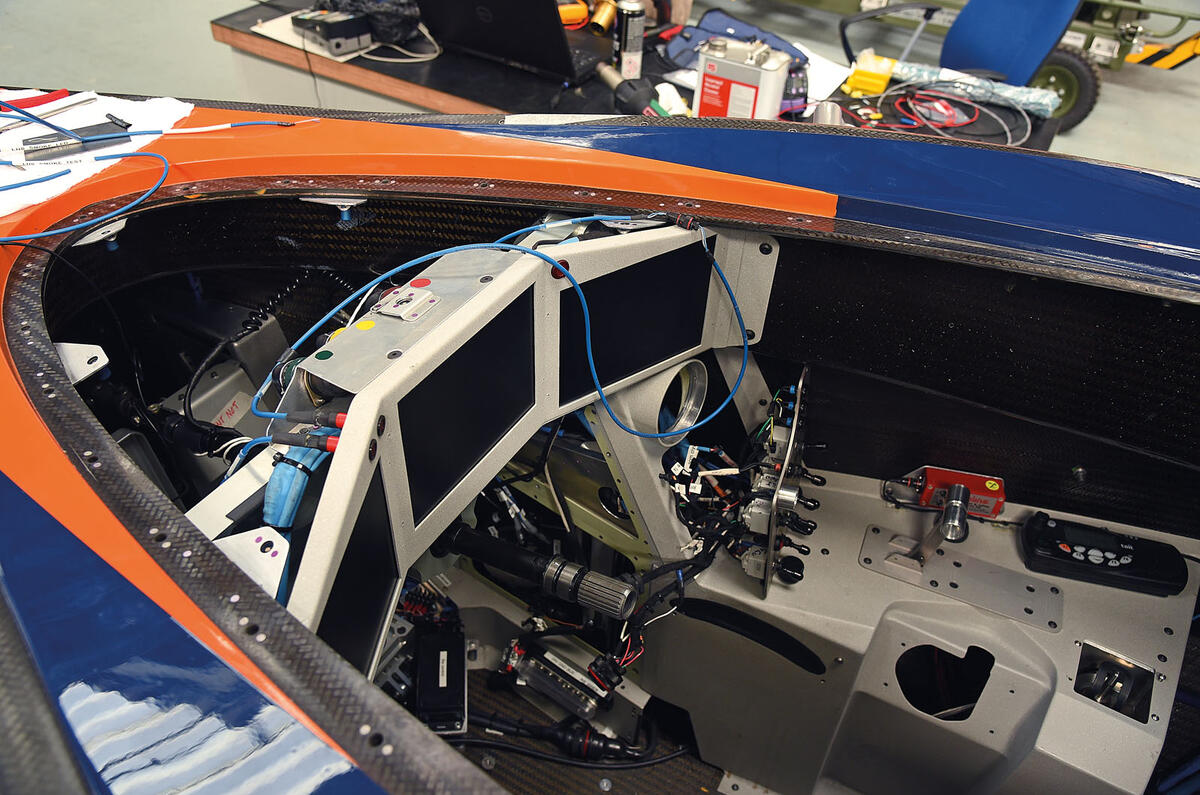
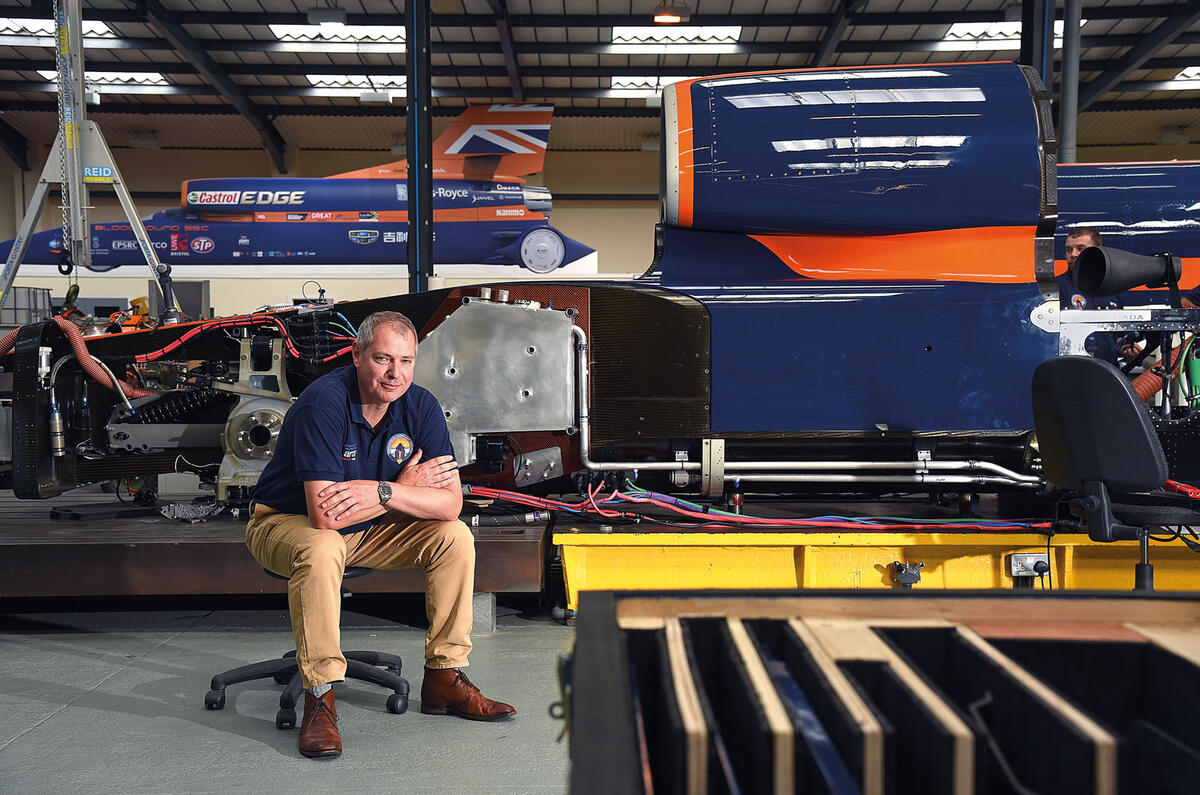
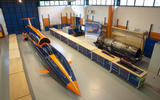
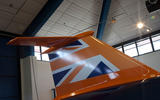
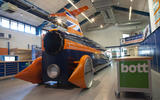

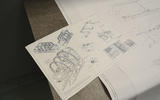
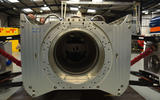
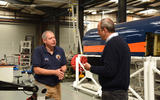
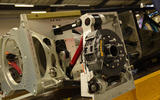
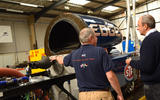
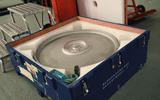
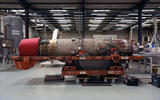
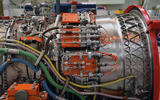

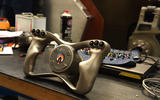
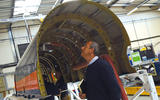

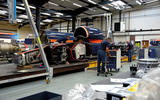
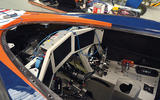


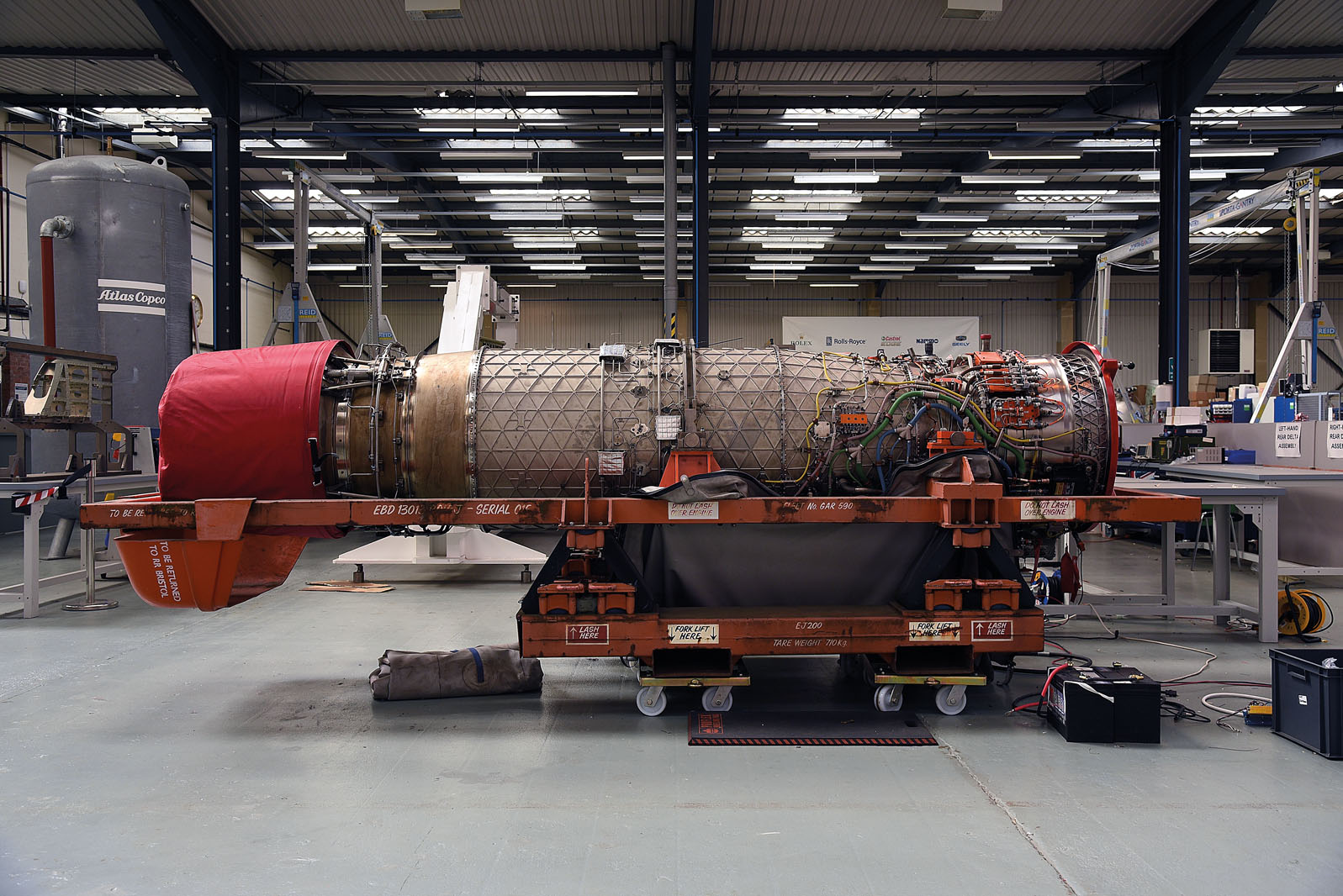
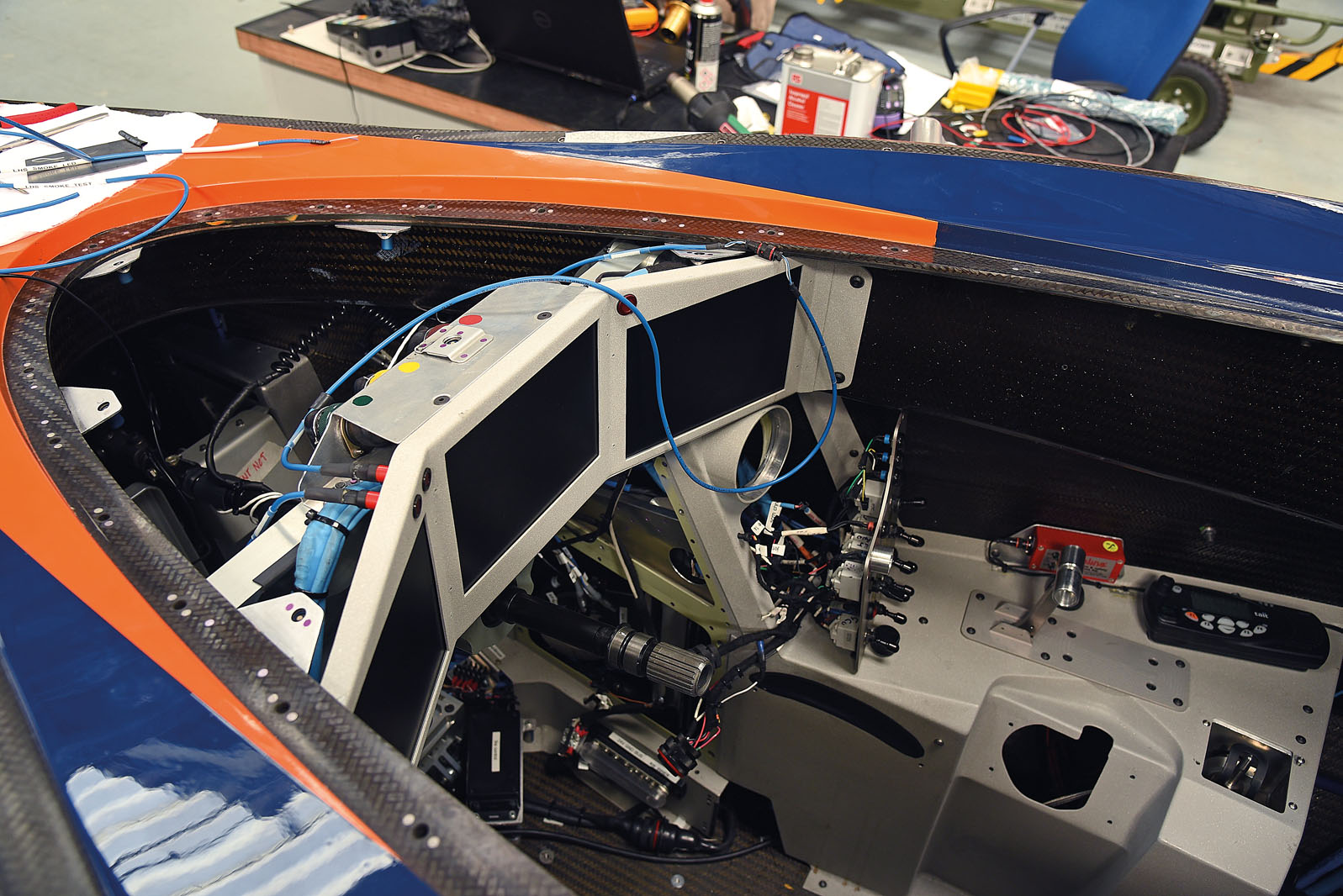
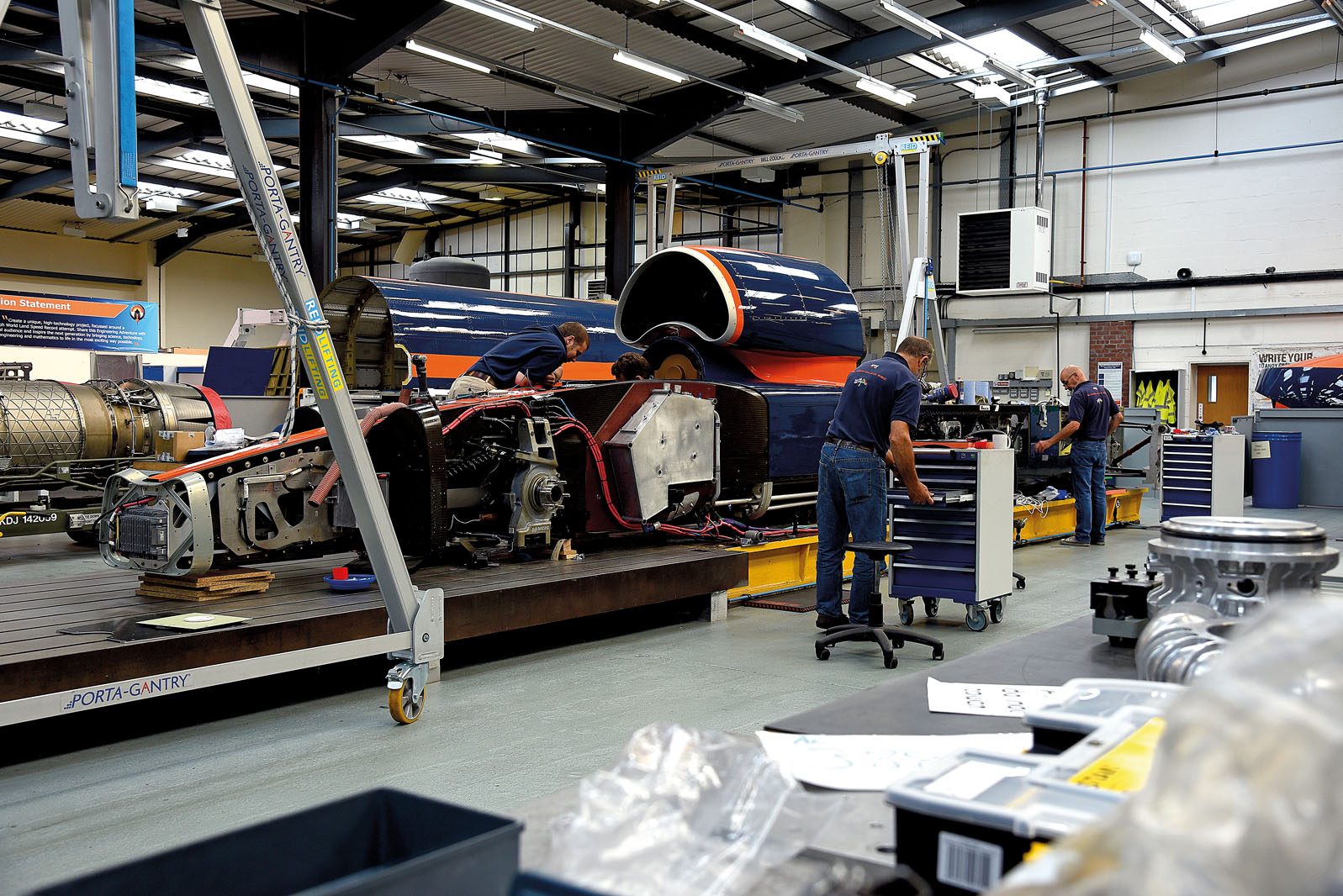
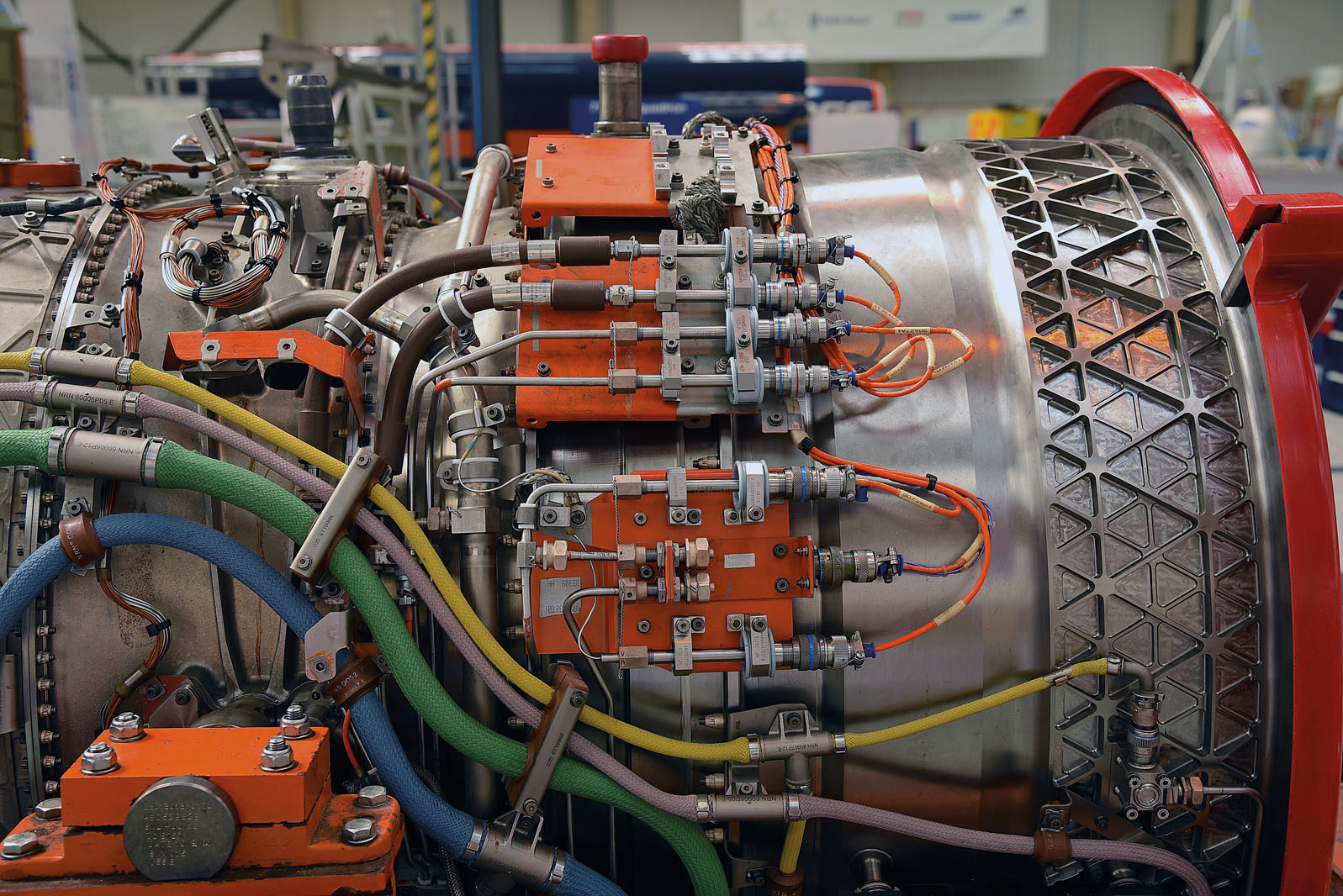
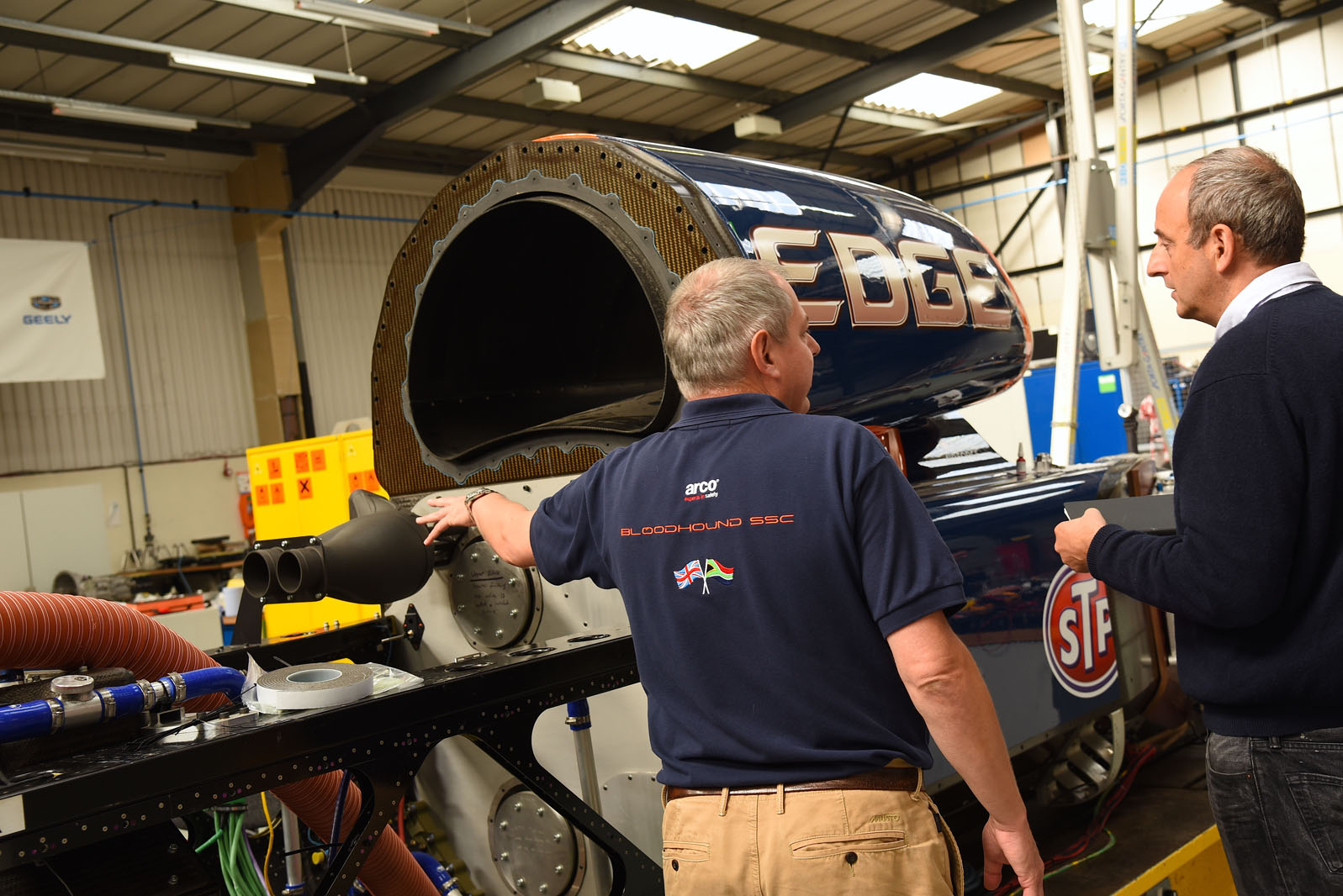

Join the debate
Add your comment
scrap and rybo 1
If you don't like it then go and read about the latest budget hatchback. Can you inform us what cars you drive too please, just interested from a personality profile point of view. Life would be very boring if you two were in charge.
Rybo 1 - If you're a guy, you might need to know that the other main part of male genitalia are balls, and that these guys have them to try and do what no one else has done, to break down huge engineering challenges, to raise a shed load of money, spend 9 years to get this far, and for Andy Green to sit in a land based missile and drive the thing. If we're all just trying to save the planet, save the NHS, do our bit for charity, etc then we've forgetten that it might be a good idea to enjoy ourselves too before we head off this life.
This project is an immense engineering challenge, and in case you didn't notice we're not recruting enough young people into this discipline, and please check the work they're doing with schools, etc on this project. Look on Youtube for various bits about this car and SSC, Thrust 2, etc. So yes a target of 1,000 mph might be arbitary, but why not, it looks impressive in a big penis kind of way and gets headline, which raises the profile and funding. These guys and girls have held the LSR since 1983, 34 years, wow.
I think I was 16 when I saw Thrust 2 at a show somewhere, and it impressed the hell out of me, and I'm not an engineer. When Richard Noble took the record I was for once a proud British guy about our engineering, and I followed SCC because I wanted to know about how they'd overcome and deal with the sonic boom. I had goosebumps when I saw the video on the news with the boom one night.
Yes, I've got my name on the tailfin, yes I bought a tshirt, and I want these guys and girls to succeed big time. Go for it, and any petrolhead worth their salt would be impressed by the fact it uses a Jaguar V8 as its fuel pump.
whatever
Aother large penis project.
Deceptive photographs
Yeah, I saw one on the A96 the other day, they're wider than you'd think from the pictures and with the limited rear visibility look like an absolute nightmare to park, what with the ever shrinking spaces marked out these days. I'd be a bit concerned about luggage space for touring too, but the alloy wheels look lovely. The bets bit is surely the engine, which should be the template for power units in all cars from here onwards.
Oh for an edit option
*best bit